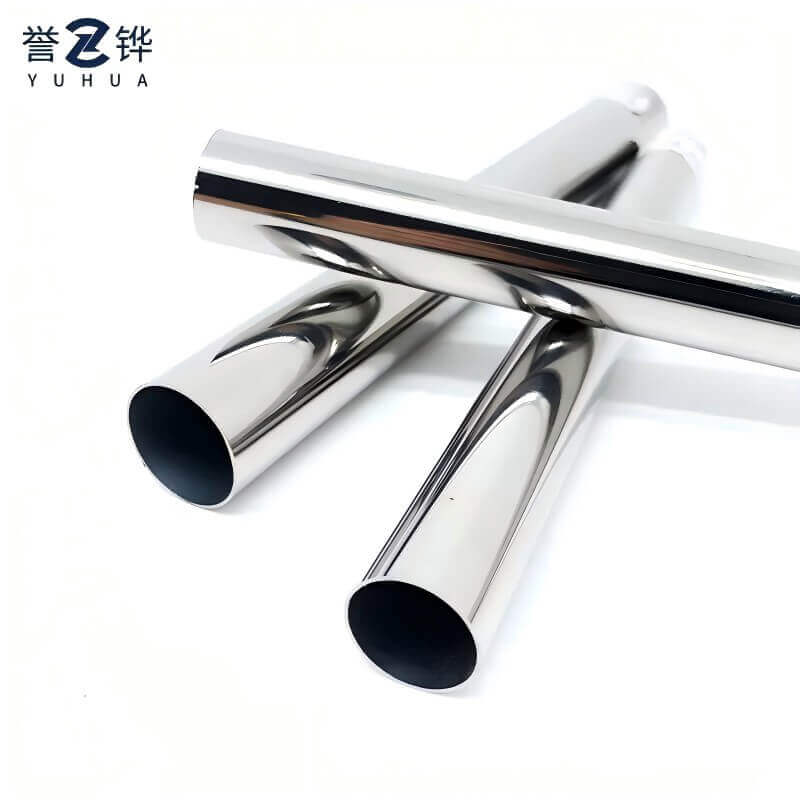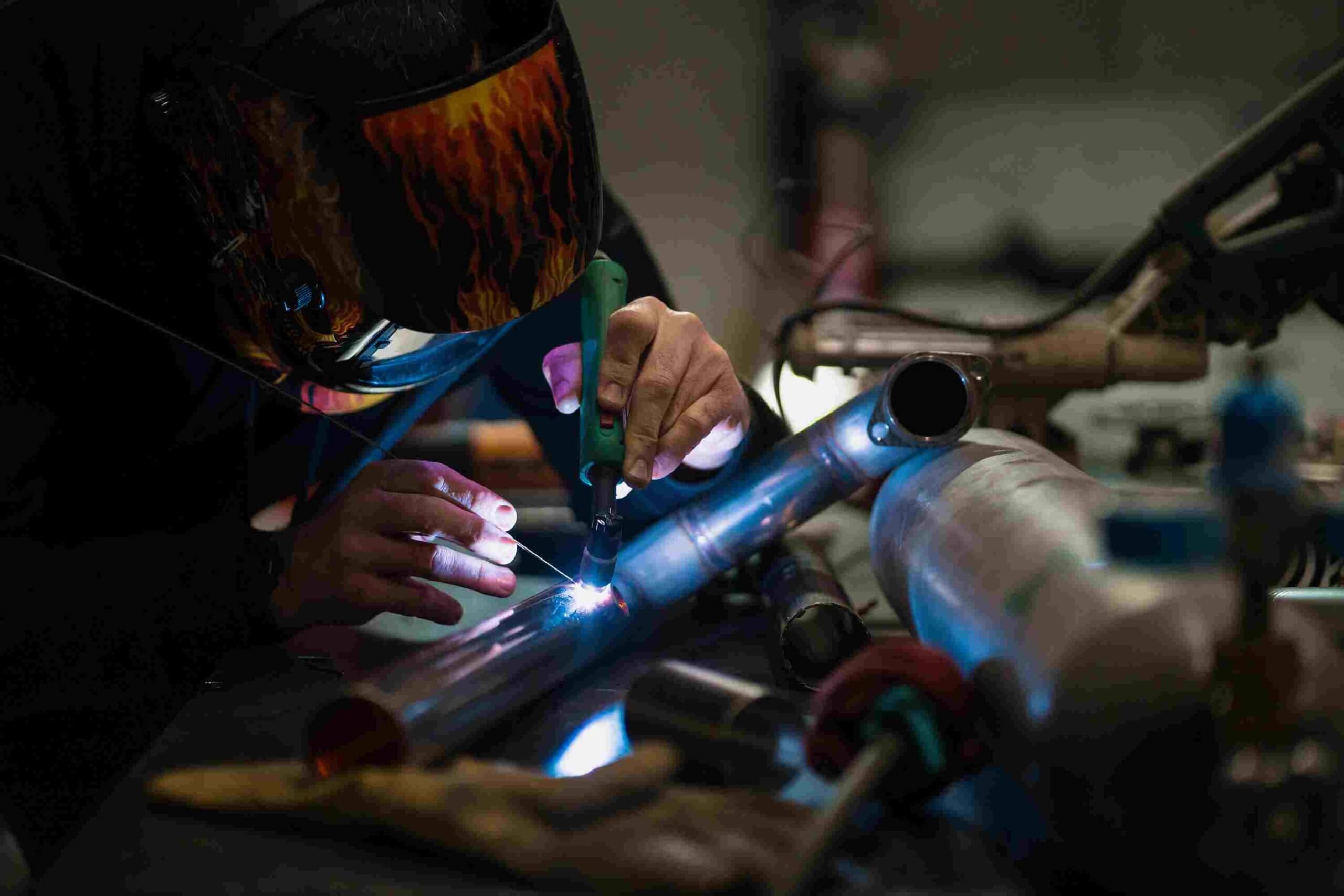TIG welding, also called Tungsten Inert Gas welding, is a neat welding trick. It uses a steady tungsten electrode to craft the weld. People like this way because it makes tough and spotless welds on stuff like metal pipes. It works with a guarding gas, usually argon or helium. This gas keeps the weld safe from muck and rust.
TIG welding is super useful for stainless steel pipes since it’s sharp and easy to handle. Stainless steel, like grade 304 or 316L pipes, fights off rust and stays sturdy. That’s why it’s great for hard jobs in food making or chemical factories. 304-grade pipes are loved for their rust-proof knack and all-purpose use. TIG welding keeps heat low. This stops thin pipes from twisting or breaking. Also, it gives you welds that look good. They don’t need much cleanup after.

Getting ready right is super important for solid welds on stainless steel pipes. You’ll want a TIG welder with power you can adjust, tungsten electrodes (thoriated or ceriated ones), filler rods that go with the pipe and good safety stuff.
Stainless steel pipes gotta be super clean before you weld. Grab a cleaning liquid to get rid of oils and grime. Then, use a stainless steel brush to scrub off rust spots. Stainless steel’s slick surface is simple to clean and keep nice.
Good fit-up keeps spaces even between pipe parts. That’s key for smooth welds. Use clamps or supports to hold pipes steady while you line them up.
Shaping edges means carving pipe ends to make a groove. This helps the weld stick better. It’s a must for thicker pipes to get deep, strong welds.
Setting power to match pipe thickness is a big deal. Low power is best for skinny pipes, like grade 201 or 304 stainless steel ones.
The electrode kind matters for keeping the arc steady. For stainless steel pipes, go with ceriated or thoriated electrodes. They kick off the arc nice and smooth.
Stick to a steady speed to dodge overheating or gouging the metal. Tilt the torch about 15 degrees from straight up. That keeps the arc tight.
Pick filler rods that fit your pipe’s makeup. Like, ER308L rods are good for 304-grade stainless steel pipes. This makes sure they jive well.
Warping can pop up if you use too much heat. To dodge it, try pulse settings on your welder. Or, put in little tack welds here and there before the final go.
Rust can mess up weld beads or make them weak. Check that your guarding gas flows plenty. This protects the hot weld and areas around it from bad air.
Grime like grease or fingerprints can cause holes in welds. Put on clean gloves when touching cleaned pipes. Don’t use bare hands.
At YUHUA, we’re stoked to offer top-shelf stainless steel pipes for all kinds of projects. Our lineup includes grade 304 stainless steel pipes, known for their strength and rust-proof power.

At YUHUA, we’ve got a big range of stainless steel pipes that shine in quality and toughness. Our pipes, like the 304 stainless steel kind, are made for heavy-duty TIG welding tasks. They hold up against rust, stay strong and work for tons of uses. Whether it’s food gear or chemical lines, our pipes come through big time.
One cool thing about our stainless steel pipes is how they play nice with TIG welding. Their smooth finish cuts down on weld gunk. Lots of chromium and nickel make welding a breeze. Plus, our pipes hit global marks like ASTM and AISI. That’s why pros all over trust them.
Back purging is huge for getting clean welds on stainless steel pipes. It pumps a gas like argon to the weld’s back side to block rust. Rust can make welds look bad or fall apart. Back purging keeps them tough and shiny.
The gas in back purging sets up a safe zone around the weld. It shuts out oxygen and other junk. You get bright, clean welds that barely need touching up. For skinny pipes like grade 201 or 304 stainless steel, back purging is awesome. It keeps the material’s strength intact.
Pulse settings on TIG welders let you control heat better. They cut the chance of warping in thin stainless steel pipes. This trick flips between high and low power. It spreads heat nice and even.
For stuff like 316L stainless steel round pipes, pulse settings are gold. They give you steady welds without cooking the metal. This bumps up weld quality and keeps your gear going longer by easing heat strain.

Q: What filler rods are tops for TIG welding stainless steel?
A: Depends on the steel type. ER308L rods rock for 304-grade pipes. ER316L rods are sweet for 316L-grade ones.
Q: How do I keep warping out of TIG welding?
A: Go with pulse settings on your welder. Clamp pipes tight during setup. Tack weld in spots before the final run to keep things solid.
Q: Do all stainless steel pipes need back purging?
A: It’s a big help for thin pipes, like grade 201 or 304 stainless steel. Thicker ones might not need it much. Rust isn’t as big a worry with them.